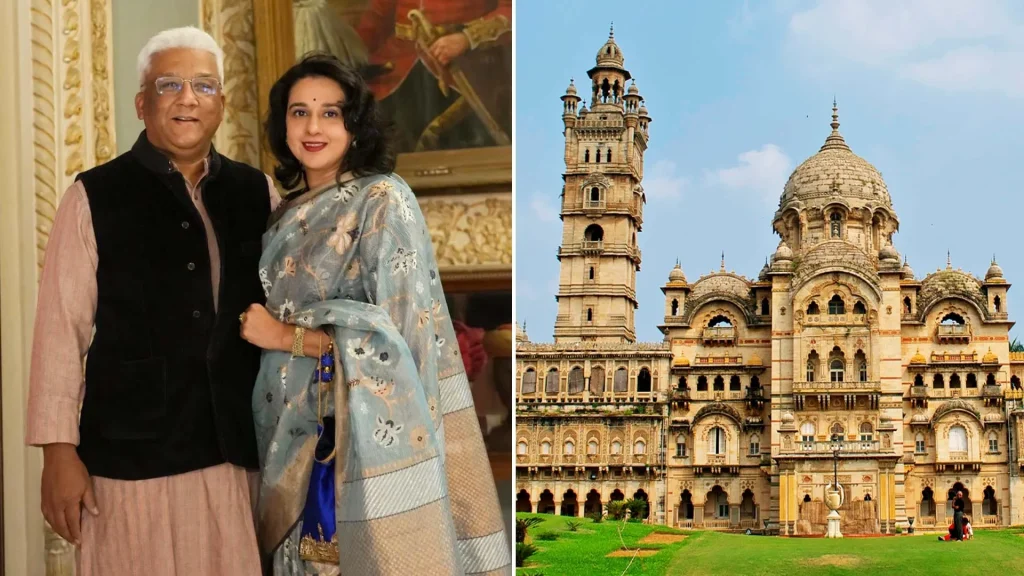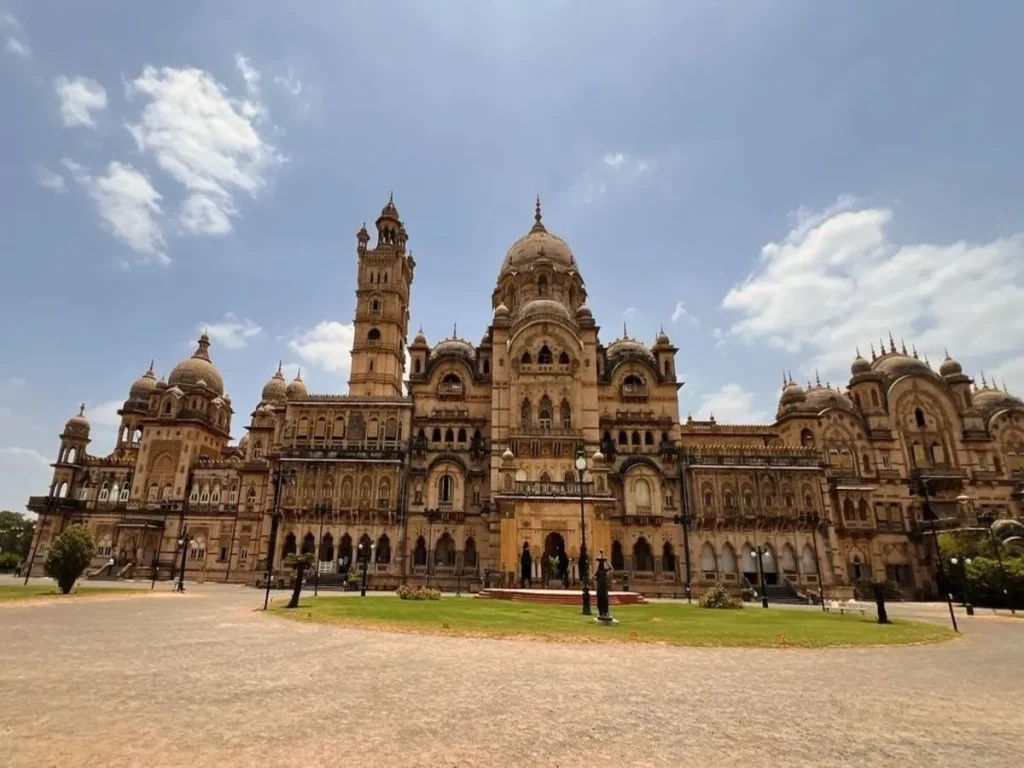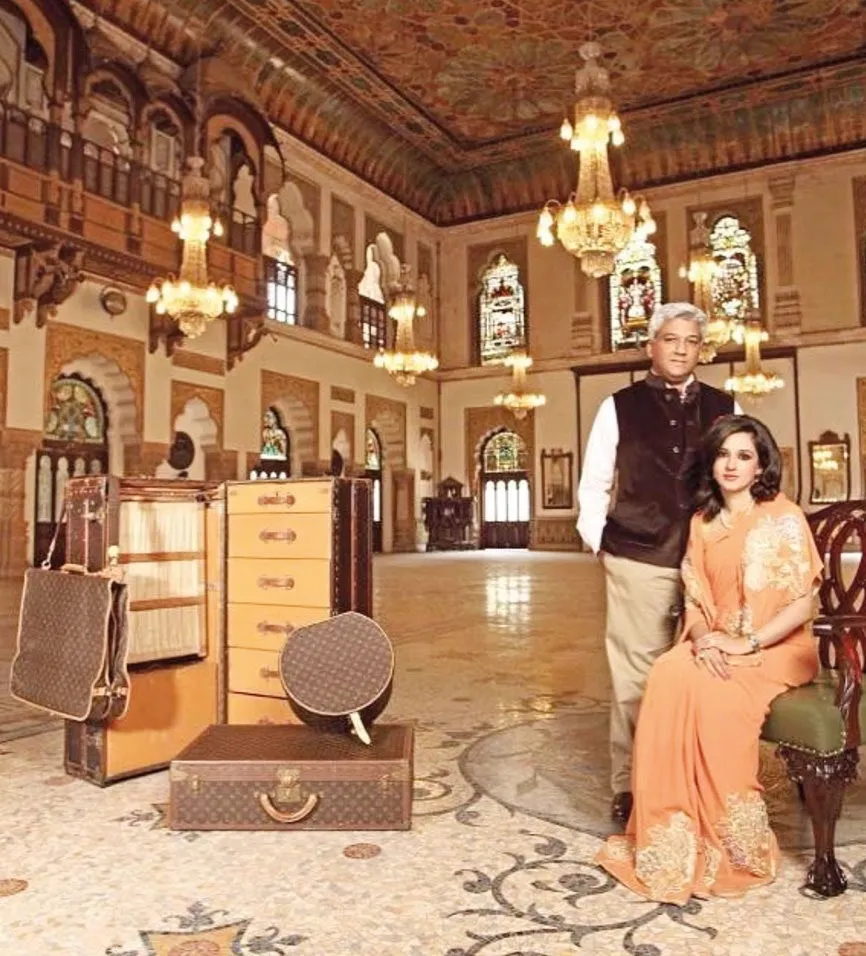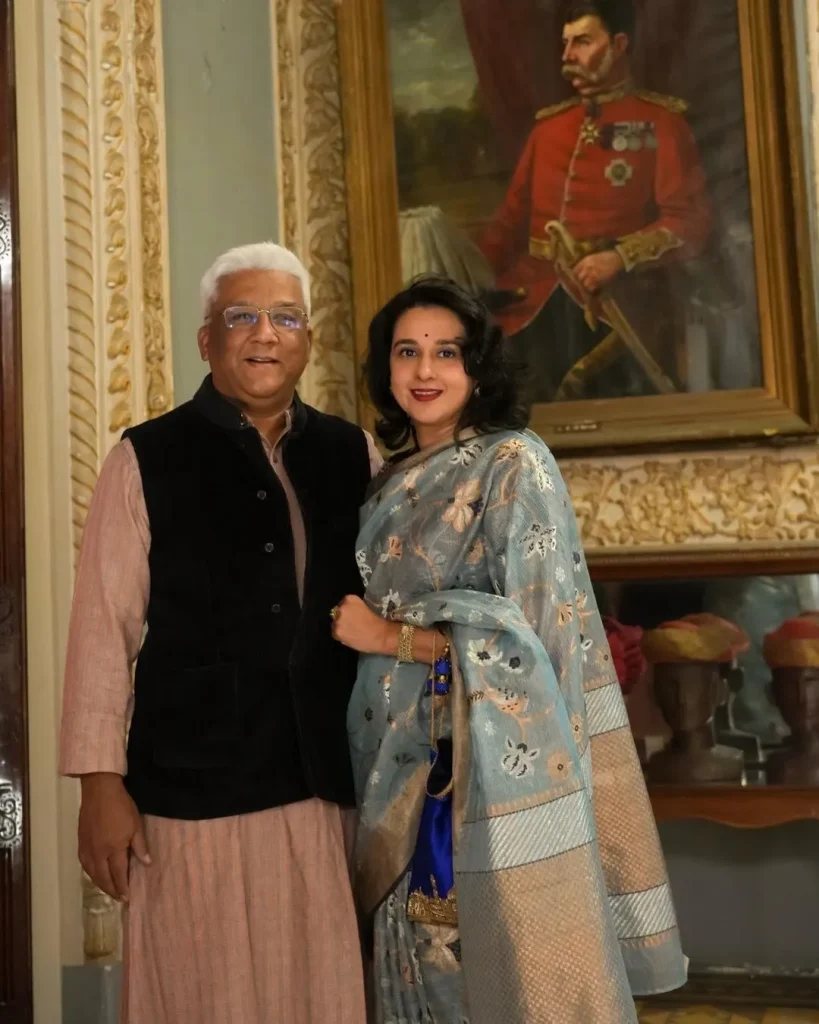Step inside the residence of India’s wealthiest cricketer, Samarjitsinh Gaekwad, whose net worth exceeds ₹20,000 crore. His opulent home, the Laxmi Vilas Palace, is valued at over ₹25,000 crore.

Ownership and Background
Laxmi Vilas Palace is owned by the Royal Family of Baroda, specifically Samarjitsinh Gaekwad, a former cricketer for Baroda with a staggering wealth of more than ₹20,000 crore.
Historical Significance and Current Value
Originally constructed in 1890 for approximately ₹27 lakh, Laxmi Vilas Palace has appreciated significantly, now recognized as the most expensive mansion in the world, valued at over ₹25,000 crore.

Sprawling Grounds
The expansive Laxmi Vilas Palace complex covers an impressive 700 acres, totaling around 3,04,92,000 sq ft. This makes it one of the largest palaces ever built, featuring multiple structures, including the Makarpura Palace, Moti Baug Palace, Maharaja Fateh Singh Museum, and Pratap Vilas Palace.
Modern Amenities and Features
Samarjitsinh Gaekwad and his wife, Radhikaraje Gaekwad, reside in this palace, which has been updated with modern amenities, including elevators. A highlight of the palace is the Darbar Hall, known for its stunning Venetian mosaic flooring and Belgian stained glass windows, frequently used for concerts and cultural events.

Cinematic Landmark
Laxmi Vilas Palace has served as a filming location for several Bollywood movies, including “Prem Rog” (1982), “Dil Hi Toh Hai” (1993), “Sardaar Gabbar Singh” (2016), and “Grand Masti” (2013).
Architectural Marvel
The four-story Laxmi Vilas Palace is an architectural marvel from the Indian Raj era, boasting around 170 rooms dedicated to Maharaja Samarjitsinh Gaekwad and Maharani Radhikaraje Gaekwad.

Stunning Gardens
The palace features stunning interiors adorned with exquisite artworks and chandeliers. The gardens, designed by the renowned botanist Sir William Goldring, are sprawling and meticulously maintained.
Unique Features
Additionally, Laxmi Vilas Palace includes a 3 km long miniature railway line that circles the grounds and mango orchards, initially constructed for the Maharaja’s children to travel to school.
